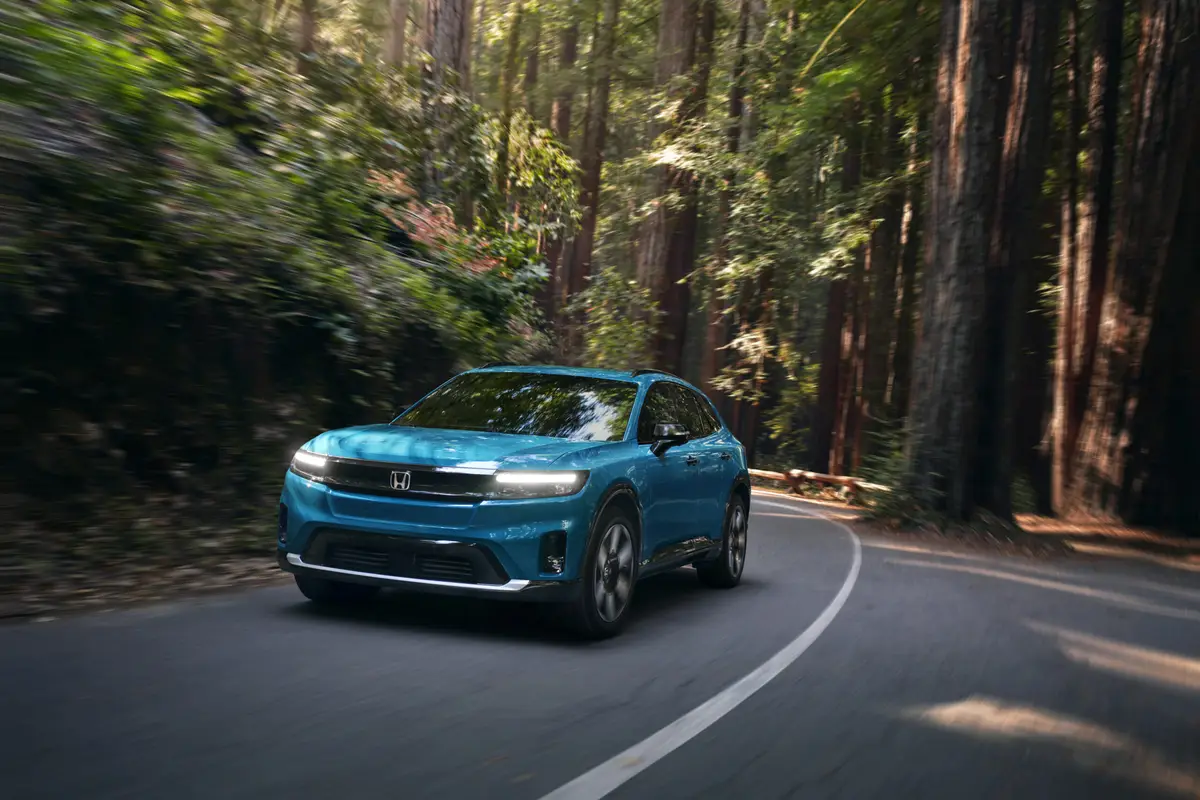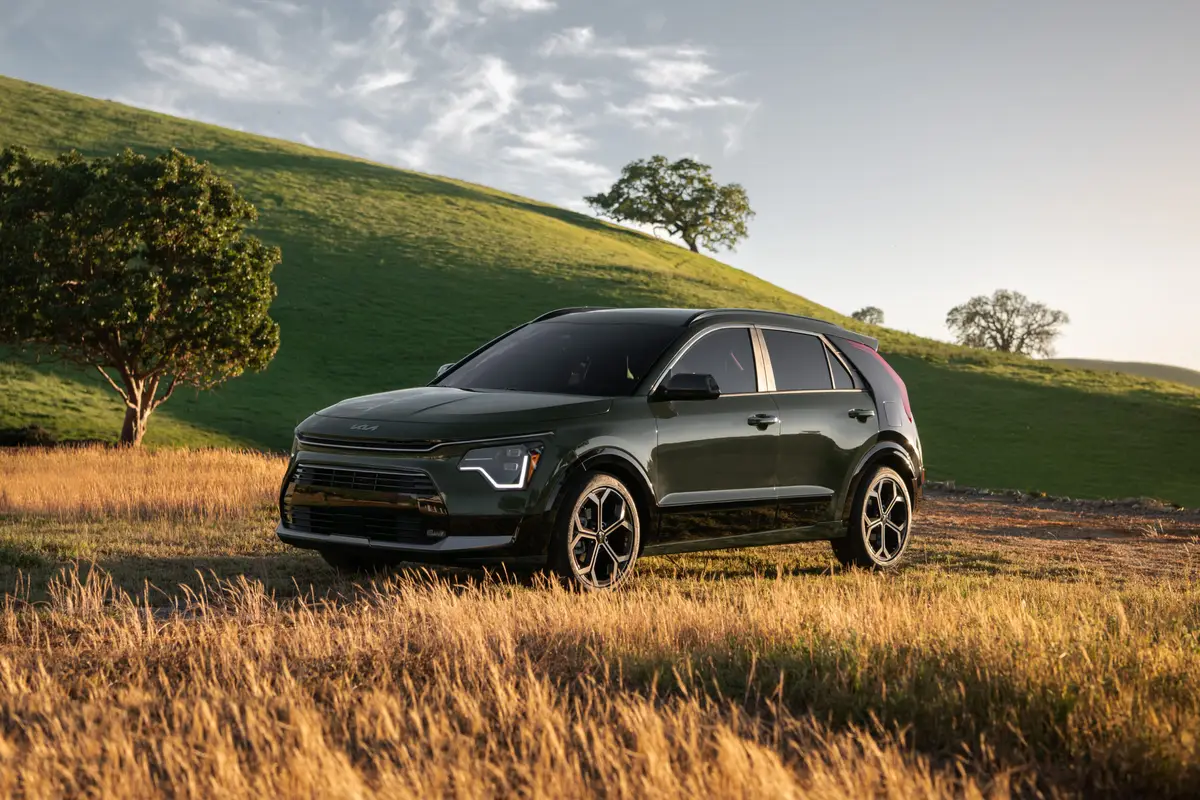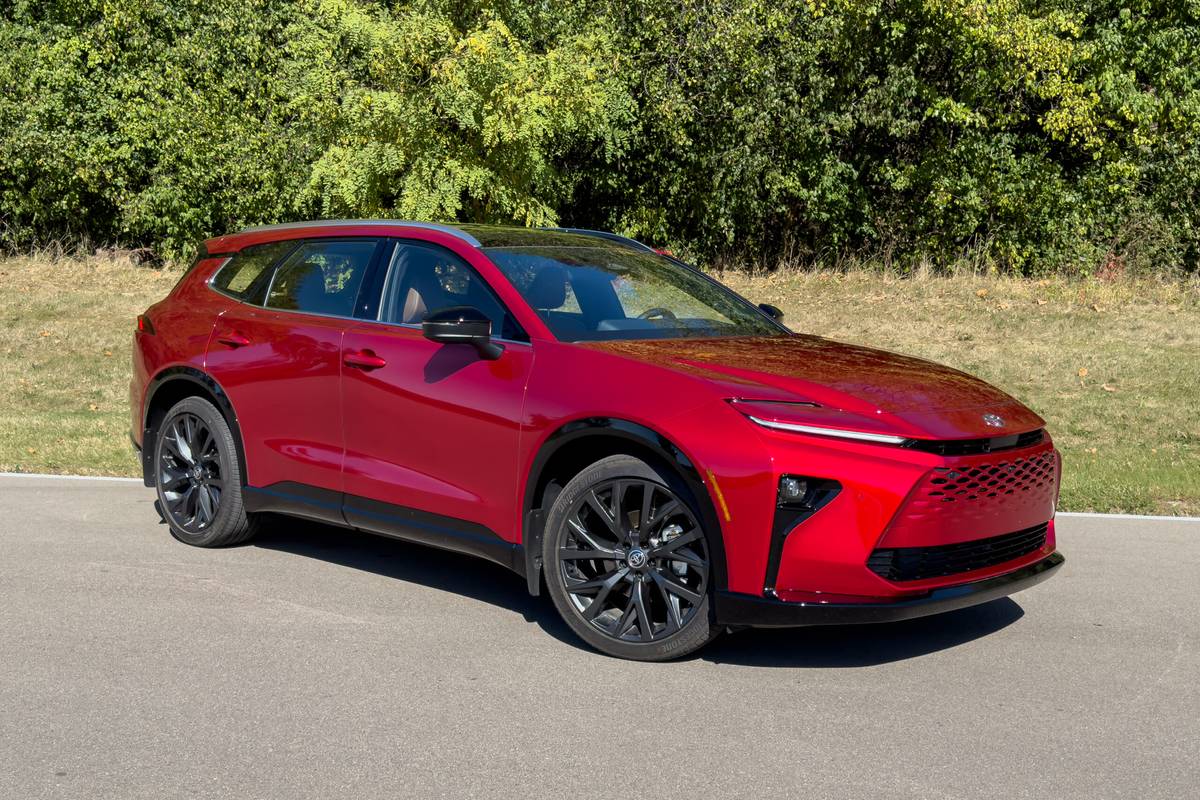washingtonpost.com's view
The trouble with moving targets is that they move.
One second’s aim is another second’s miss. Hitting the mark once or twice brings scant relief. Other targets pop up. The game of chase and aim begins anew.
This is the situation in which the Acura Automobile Division of Honda Motor Co. Ltd. finds itself. Acura is Honda’s luxury leader, but it wants more. It wants to set the global standard for luxury cars, especially those sold in the $30,000-to-$35,000 range.
That, of course, means beating the Europeans—the crowd from Audi, BMW, Mercedes-Benz, Saab and Volvo.
In recent years, Acura has scored hits. Its 1997 CL coupe and its 1999 3.2TL sedan are cases in point. They nicely matched the BMW 3-series and Mercedes-Benz C-Class models offered then, and they left the Saabs and Volvos of the moment in the dust.
But the Europeans quickly countered. They added more content, performance and styling to cars such as the splendid BMW 328i and the exceptional Saab 9-3 Viggen—without big price hikes. Mercedes-Benz increased the pressure with a totally revamped C-Class.
That forced Acura to reload and shoot again, and its latest salvo, the 2001 Acura 3.2 CL Type S Coupe, is a darn good shot. But it hits Acura’s Japanese rivals, such as the Toyota Camry Solara coupe, while leaving the Europeans relatively unscathed.
The problem is one of marketing philosophy, as opposed to technical competence. Acura spells it out in its own description of its sales goals for its two new CL coupes, of which the tested 3.2 CL Type S is the top version.
“The Acura brand serves as a natural automotive evolution for loyal Honda owners,” the company says. “As these drivers move up to more expensive automobile purchases, vehicles like the CL lend themselves to the next logical step beyond the Honda nameplate.”
That is a defensive strategy, not an aggessive one. It ignores the reality that competition is cross-border warfare, fought in the auto industry with cachet as well as product, panache as well as technology. The object is to conquer new territory as well as hold on to home ground.
The Europeans understand this, which is why Acura is chasing them (“designed to compete with Europe’s finest coupes,” Acura officials say of their new CL cars) instead of it being the other way around.
BMW feels no need to say that its splendid 328Ci is “designed to compete with Acura’s finest coupes.” Victors seldom feel the need to brag.
But neither BMW nor its European peers should rest on their laurels. The 3.2 CL Type S is a very good car. It takes full advantage of Honda’s genius for packaging—its ability to offer everything that most people think they want in a luxury car, and some things they probably didn’t expect to get, at an attractive price. On top of that, overall product quality is excellent. The two new CL coupes are longer, wider, more rigidly constructed, more powerful versions of the original CL, which was introduced in 1996 as a 1997 model.
Both cars get aluminum-block, 24-valve 3.2-liter V-6 engines, and both engines are Honda’s VTEC models (employing electronically controlled valves to optimize fuel/air intake, combustion and exhaust).
The engine in the base 3.2 CL develops 225 horsepower at 5,600 rpm and 217 pound-feet of torque at 4,700 rpm. Modifications to the Type S engine yield 260 horsepower at 6,100 rpm and a wonderfully elastic torque band of 232 pound-feet developing between 3,500 and 5,500 rpm.
It is, indisputably, a lovely driving machine.
BMW and Mercedes-Benz have more cachet and panache, and they have distinctive road feels you’ve got to experience to understand and appreciate.
But the 3.2 CL Type S is a potent weapon. It is certainly strong enough to defend its home base, and should there be the slightest reversal of fortune for the Europeans—either in pricing, perceived value or product quality—it’s strong enough to take some luxury-car sales from them, too.
Joi n Warren Brown tomorrow at 11 a.m. at www.washingtonpost. com/liveonline for “Real Wheels,” his live discussion about cars.
Nuts & Bolts
2001 Acura 3.2 CL Type S Coupe
Complaint: Alternate drivers said the sideview mirror frames on the 3.2 CL Type S were “too large” (their words), sometimes blocking forward vision.
Praise: If you couldn’t care less about cachet and panache, and if you’re willing to accept a superbly engineered, Honda-derived automobile for what it is, and if you want good value, you will be happy with this car.
Ride, acceleration and handling: Triple aces.
Layout: Front-wheel drive, transverse-mounted engine.
Transmission: Standard Acura Sequential SportShift five-speed automatic, which can also be operated in manual mode.
Brakes: Power ventilated front discs and solid rear discs with standard anti-locks (three-channel for the regular 3.2 CL and four-channel for the Type S).
Capacities: Seats four adults; carries 13.6 cubic feet of cargo and 17.2 gallons of fuel (premium unleaded is required).
Mileage: An impressive 28 miles per gallon on the highway, with low emissions at that.
Price: Base price on the tested 2001 3.2 CL Type S is $30,330. Dealer’s invoice price on that model is $27,648. Price as tested is $30,785, including a $445 destination charge. The only available option, not included in the test model, is a $2,000 GPS navigation system.
Purse-strings note: Very close to the mark. Compare with BMW 328Ci, Volvo C70, Saab 9-3, Toyota Camry Solara and Mercedes-Benz CLK 320.
Latest news



